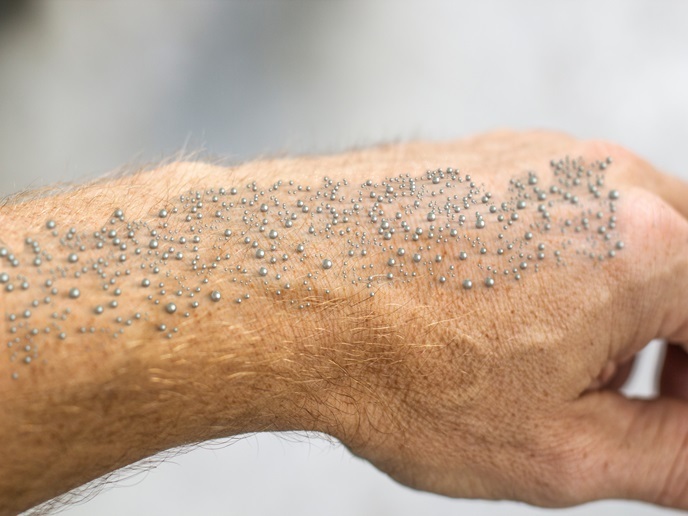Modelling nano-enabled systems via intricate, multi-scale simulations
Accurately modelling nano-enabled systems demands the use of intricate, multi-scale simulations and multi-model approaches capable of linking relevant phenomena on the nano, micro, meso and macro scales. Although currently available simulation tools and models can accurately describe a material on each of these scales separately, research lacks an integrated, multi-scale simulation framework that provides seamless linking and coupling of various models operating on different scales. The EU-funded SIMPHONY (Simulation framework for multi-scale phenomena in micro- and nanosystems) project helped fill this gap by developing an easy-to-use, integrated multi-scale modelling environment for nano-enabled materials and systems by design. ‘One of the project’s main objectives was to develop an extendable and open platform for integrating various existing open source and commercial simulation and pre- and post-processing software packages,’ explains project coordinator Dr Adham Hashibon. According to Hashibon, this integration was achieved by wrapping the simulation packages with an efficient, interoperable interface designed and implemented in a high-level language (i.e. Python) with a common Application programming interface (API) to the outside world. ‘As this system allows both linking and coupling of codes, the SIMPHONY framework provides a platform for the development of new, multi-scale science,’ he says. The modelling tools integrated in the project cover all models at all scales, including electronic, atomistic, mesoscopic and continuum. A number of important results The SIMPHONY project resulted in several important results. For example, by conducting a taxonomy of inter- and intra-process communications and data requirements as required by each set of tools and models, researchers developed an initial set of high-level software design requirements for the interface wrappers and Common unified data structures (CUDS). ‘CUDS provide an interoperability layer between all models and simulation software,’ explains Hashibon. ‘An important result of this work was the development of a basic ontology of computational applications and models.’ Another significant result was the development of the Common universal-unified basic attributes (CUBA) as a common nomenclature and metadata for multi-scale modelling and applications. ‘Whereas the CUBA essentially define metadata for multi-scale modelling, the CUDS define the relevant metadata schema,’ says Hashibon. ‘Together, they facilitate the seamless passage of information and the representation of models and data in all sub-domains, thus allowing models to seamlessly couple and link.’ The efficiency of the modelling framework Based on the general requirements and CUDS specifications, project researchers developed two flavours of interface wrappers for modelling engines. This resulted in a set of simulation applications that cover all models and scales, including the three main computational domains for lattice, particles and mesh-based systems. ‘The SIMPHONY project successfully demonstrated the efficiency of the modelling framework in relevant nanotechnology fields by designing and developing several specialised, multiscale modelling design tools that can reduce the time to discover novel nano- and micro-fluidic devices for biomedical, chemical and energy related applications,’ concludes Hashibon. ‘In particular, it addresses systems for nano-printing, nano electro mechanical systems (NEMS), foam forming processes and micro-fluidic applications.’







